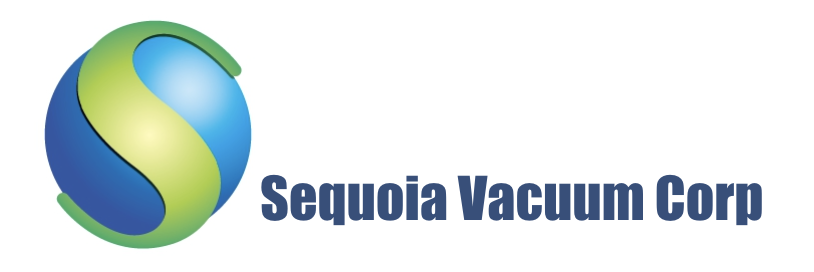
Can be used to etch (or ion mill) the substrate; or provide “assistance” to the deposition process by bombarding the depositing film with energetic ions which can improve the film properties.
Thin film deposition that uses an ion source to deposit a target material (metal or dielectric) onto a substrate to create film. Because the ion beam is highly collimated, it enables extremely precise thickness control and deposition of very dense, high quality films as compared to other PVD technologies.
The typical configuration of an IBD system is a gridded ion source, a target, and the substrate. The ion beam is focused on a target material and deposits onto a nearby substrate. A common practice is to utilize a second gridded ion source directed at the substrate to provide ion assisted deposition (IAD). IAD is particularly useful when depositing metal oxide or nitride films to improve the physical density, moisture stability, optical, and mechanical properties. In addition, it may be desirable to heat the substrates during deposition to improve overall performance.

Ion Beam Deposition- *4-axis sample manipulator *4 sputter cathodes *4″ substrate *Assisted source (Grid or Gridless) *Thickness monitor *System control soft
-A key advantage of IBD is the independent control of several parameters, including target sputtering rate and IAD parameters – ion energy, ion current density, angle of incidence for control of film stoichiometry, and micro-structure. This level of control is the main difference between ion beam and other sputtering process, making IBD a great choice for the most challenging applications such as precision optics or semiconductor production.
